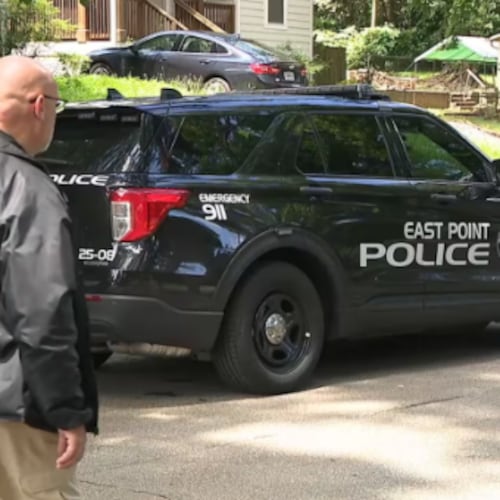Recent opposition has not prompted any significant reconsideration of plans to add light rail along the Beltline, leaders say.
Transit has been envisioned as part of the eventual 22-mile loop since the Beltline’s inception, and no other form of transit meets the needs as well as light rail, Senior Transportation Engineer Shaun Green said at Atlanta Beltline’s virtual quarterly meeting Thursday night.
The group is open to feedback about what rail on the Beltline looks like, but whether there’s rail at all is not really up for debate, Green said.
“We’re listening for constructive feedback as opposed to just saying no,” he said. “That’s not really something we can react to.”
Opposition to rail has intensified in recent months as construction on the trail has neared completion and the transit plans have come into greater focus. A new community group launched last fall questioning “the wisdom” of rail on the Beltline. The group released a poll of 600 Atlanta voters, 53% of whom said rail would destroy the park.
The group emerged as MARTA has moved forward on plans to extend the Atlanta Streetcar from downtown east to the Beltline. MARTA’s board of directors hired a contractor to design the plans last summer, work that is underway. Streetcar service on the Beltline is expected to be up and running by 2028, Green said.
Alongside MARTA’s streetcar design work, the Beltline is using $2.8 million in federal grants and $700,000 of its own money to help study how transit could fit into the northwest section of the trail, essentially between the Bankhead and Lindbergh MARTA stations. Unlike the eastern portion of the trail, there’s no pre-existing rail corridor on the western side to guide where transit might go.
The ultimate goal, Green said, is to create “as green a corridor as we can manage.”
For the streetcar expansion, Atlanta is looking to cities in France that currently have light rail running through public parks.
“We know it can be done,” Green said.
While the design plan is still in the works — it’s expected to be complete by mid-2025 — Green said to expect trees and shrubs between the trail and the light rail tracks that would create both a physical and psychological barrier. They’re exploring how the trains could run on a grass track without any overhead wires, unlike the current streetcar.
Costs currently are estimated between $230-$250 million, Green said.
Other options — like buses or shuttles — could be cheaper, he said, but would require laying down a wide expanse of asphalt and concrete that would be more disruptive to the existing green space. They also don’t meet the capacity requirements that rail would.
Under the current plans, the street car route would extend east along Edgewood Avenue before connecting to the Beltline at Irwin Street NE near Auburn Avenue. From there, the streetcar would run north to Ponce de Leon Avenue.
About the Author
Keep Reading
The Latest
Featured



